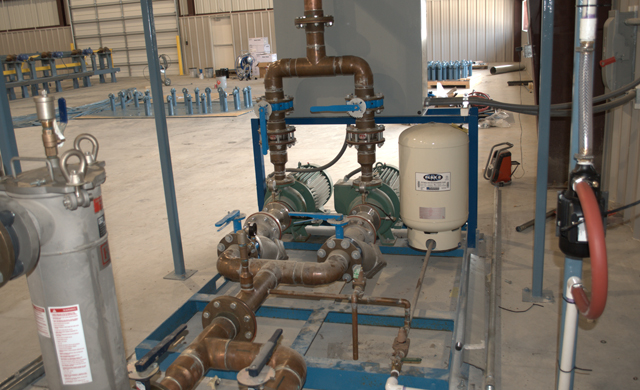
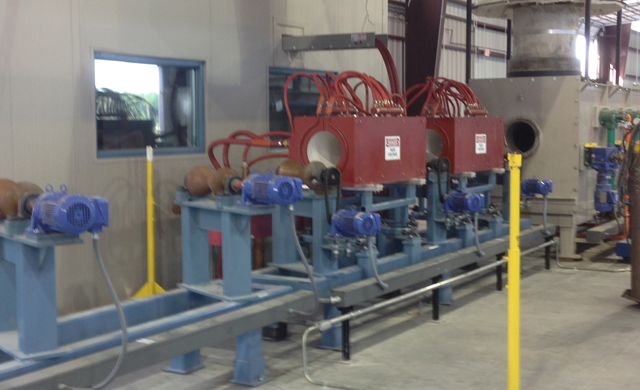
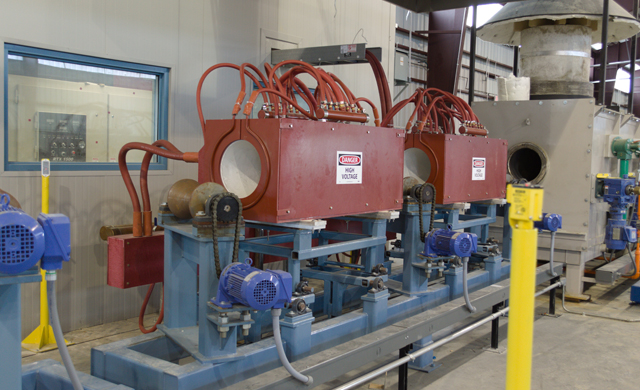
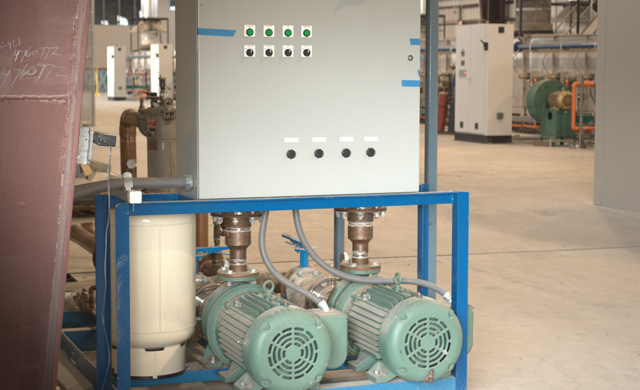
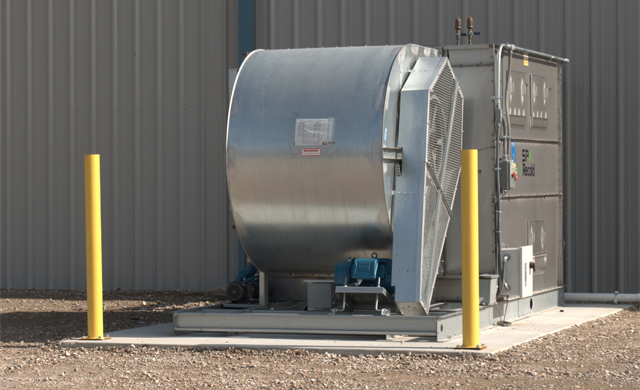
The induction process is the absolute fastest way to put energy into a tube, pipe or bar. ESG utilizes induction in some of its designs to take advantage of this remarkable feature. Induction allows a shorter process line and may reduce capital costs.
As with all positives, there can be some significant negatives that need to be accounted for in the decision. The largest penalty when utilizing induction is the energy cost. The overall process uses less Btu than a furnace utilizing natural gas but the low gas prices that we are experiencing provide a substantial cost per pound savings. Future gas price are predicted to remain low due to the abundant supply while energy costs are predicted to rise as consumption continues to climb.
Another consideration when determining energy usage is that because of the fast heating and the differential temperature in the pipe induction quench lines are typically run at a higher temperature than a furnace line. Temperatures can be 100 to 200 degrees F higher to assure complete conversion.
Induction coils are designed based on the diameter of the pipe to be heated. The coil needs to be coupled closely with the outside pipe diameter in order to provide good efficiency. When more than one diameter pipe are used in the same coil the efficiency will be less because the distance to the surface is different.
A second consideration in induction design is the frequency. Typically the heating occurs slightly below the surface. A certain amount of time is required for the inner diameter to reach the same temperature as the outside diameter. Thicker wall pipes are worse. Lower frequency will cause the heating to occur deeper into the body. This can help with thicker pipe.
If the quench happens before the pipe equalizes in temperature the resultant properties can be poor. Induction heating is usually staged with multiple coils to allow the heat to equalize. What we have found is on all induction systems the exit temperature, prior to quenching, is run higher than typical furnace configurations. The reason behind this is this insures the total body will be above the critical temperature even if its not completely uniform. We recommend to utilizes a short inline furnace after the induction to provide the soak for both a more uniform body and a lower quench temperature. This can improve properties and save energy.
The following is typical of induction heating of pipe.
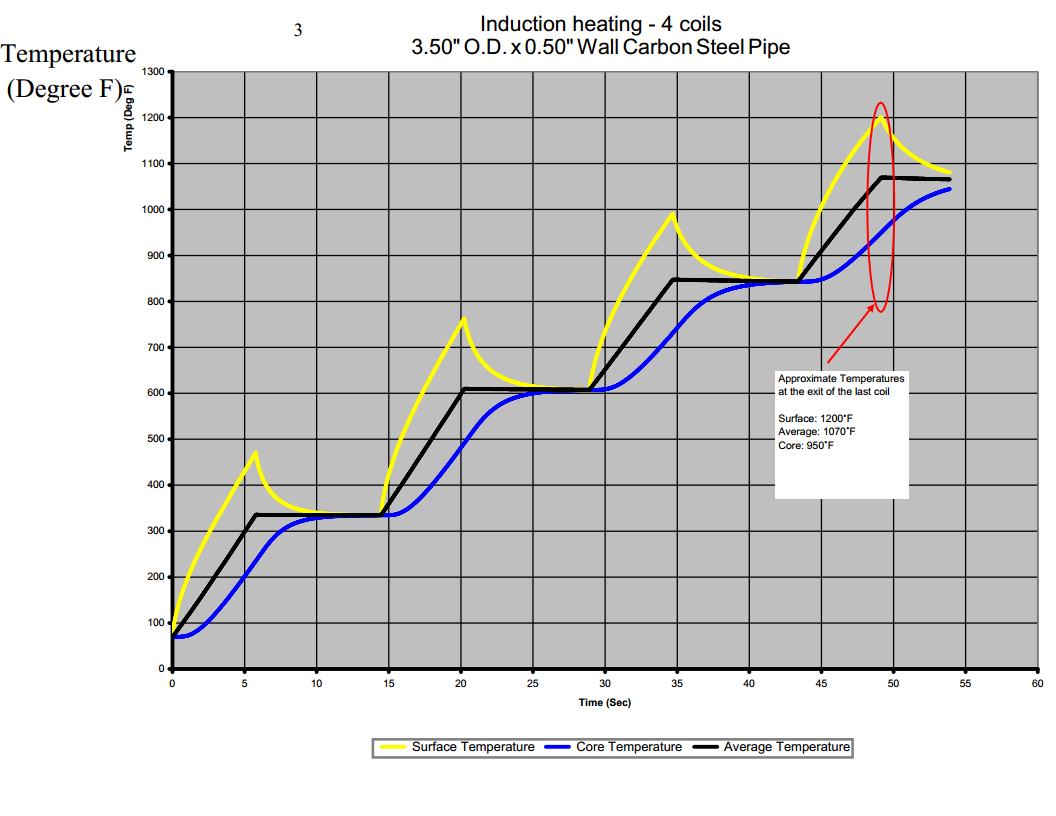
Electric versus Gas cost analysis
The following analysis provides an analysis based on a specific location utilizing real electric and gas pricing
The energy penalty for electric can be greater than $10 per ton Click here for the details.



